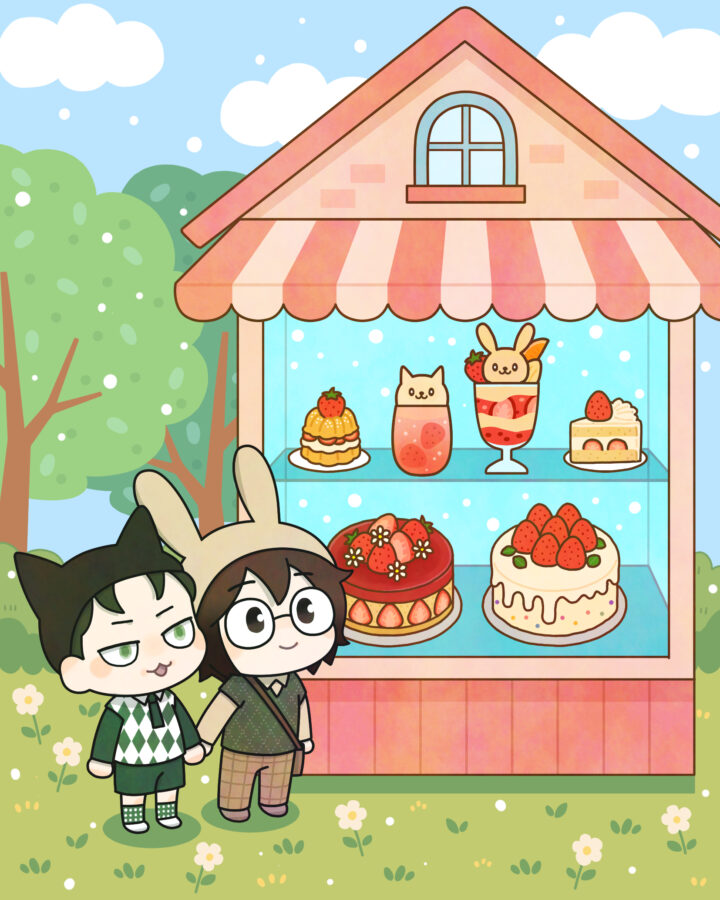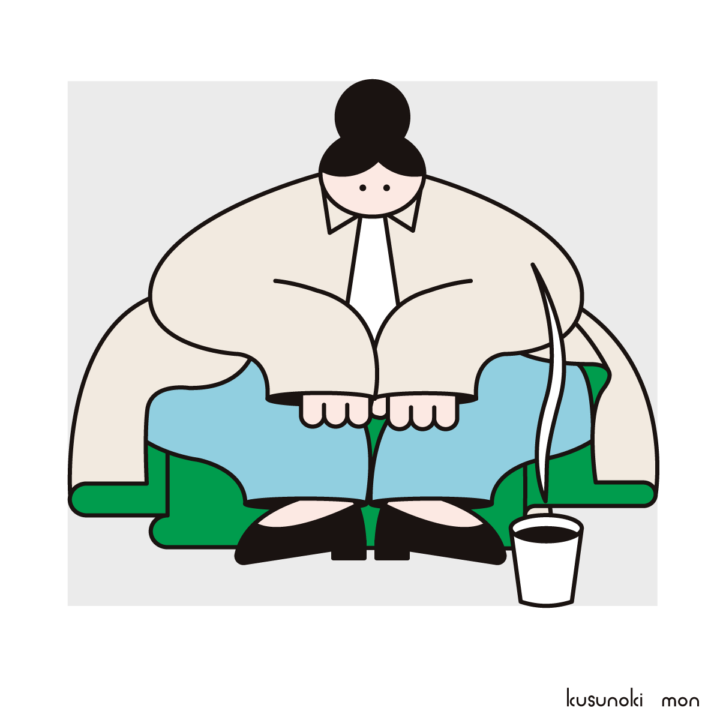
人物イラスト|ひとやすみ



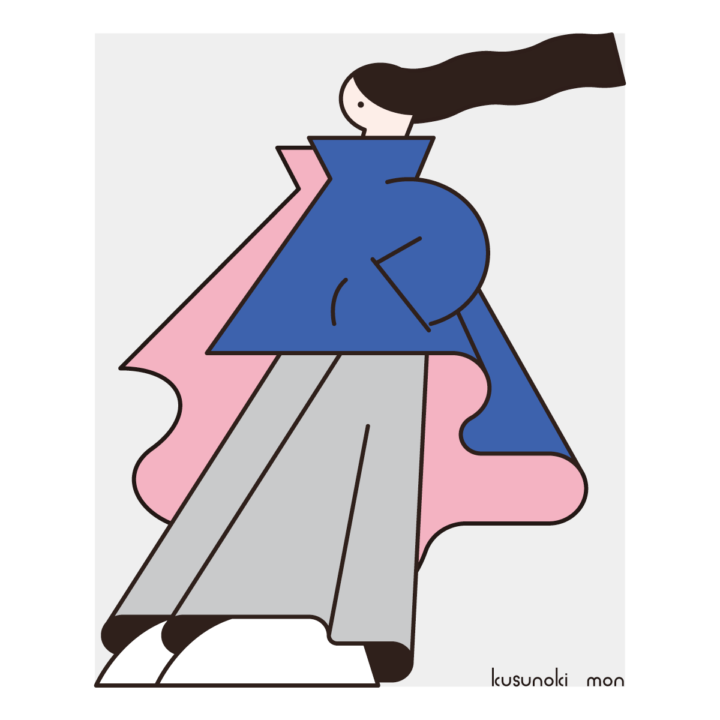
装画を担当いたしました。
『数学と恋に落ちて』
著:ダニカ・マッケラー 氏 訳:菅野 仁子 氏
刊:岩波ジュニア新書
メイキング記事 → https://note.com/1zeroberry/n/nb83a18e2c0c8


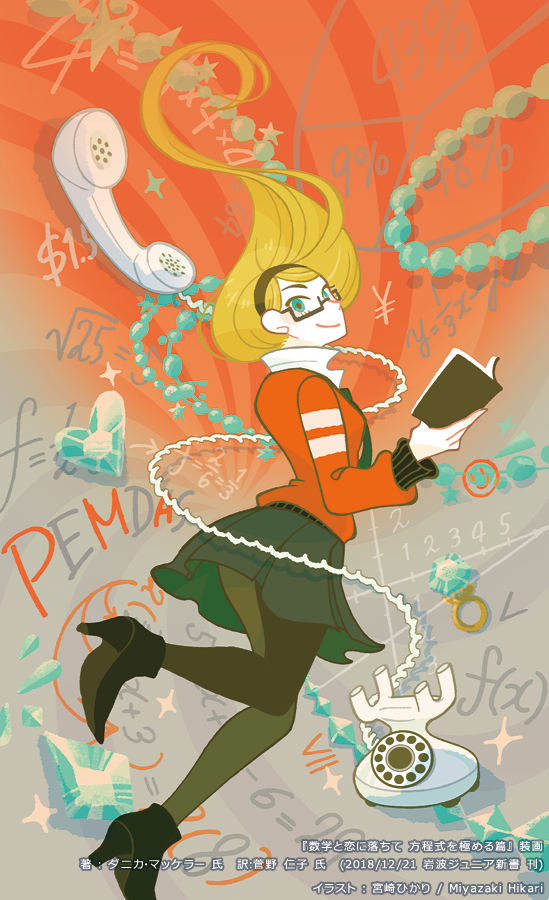
装画(人物カット)を担当いたしました。
『入試問題で身に付く 物理の教養』
著:三澤信也 氏 刊:オーム社
デザイン: TwoThree
メイキング記事 → https://note.com/1zeroberry/n/n5812fd1f9fd4
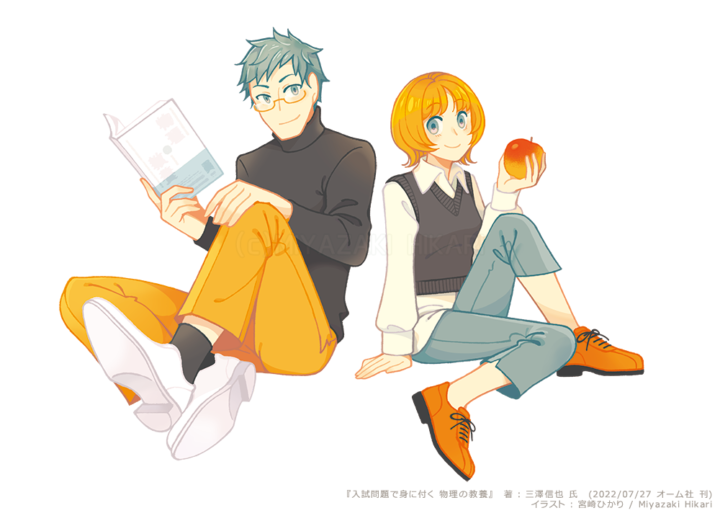

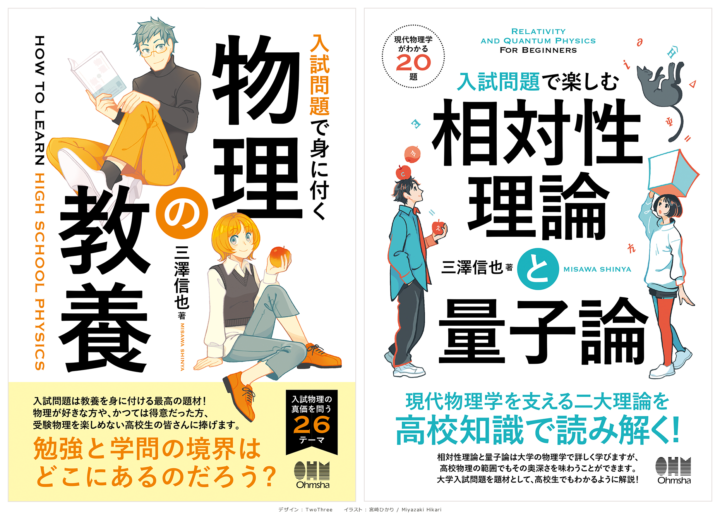
装画(人物カット)を担当いたしました。
『入試問題で楽しむ 相対性理論と量子論』
著:三澤信也 氏 刊:オーム社
デザイン: TwoThree
メイキング記事 → https://note.com/1zeroberry/n/n66c6788344df
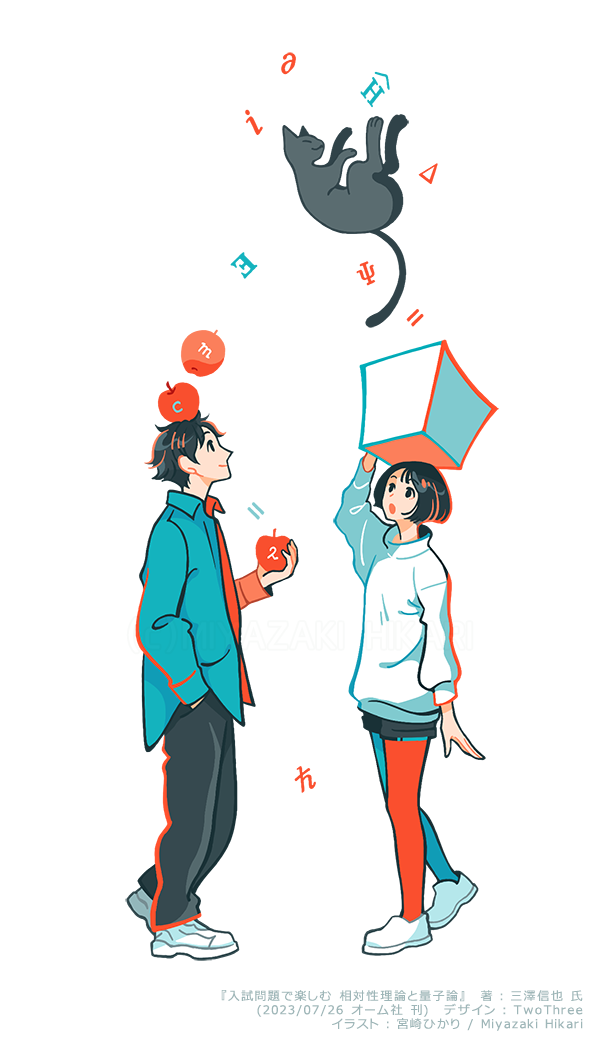
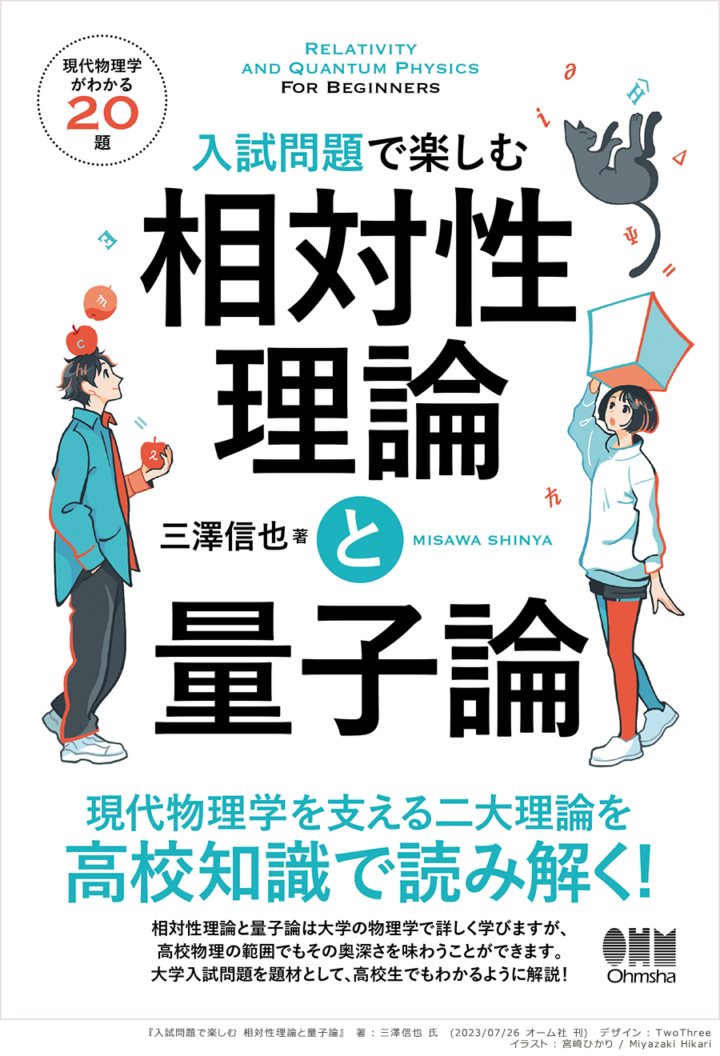

高校英語の教科書のカットイラストを担当いたしました。
刊:開隆堂
文部科学省検定済教科書 高等学校外国語科用
『Amity English Logic and Expression Ⅰ』
『APPLAUSE ENGLISH LOGIC AND EXPRESSION Ⅰ』(2022/02/10 発売)
メイキング記事 → https://note.com/1zeroberry/n/nc648ff38b894
『Amity English Logic and Expression Ⅱ』
『APPLAUSE ENGLISH LOGIC AND EXPRESSION Ⅱ』(2023/02/10 発売)
メイキング記事 → https://note.com/1zeroberry/n/n840d0984877e

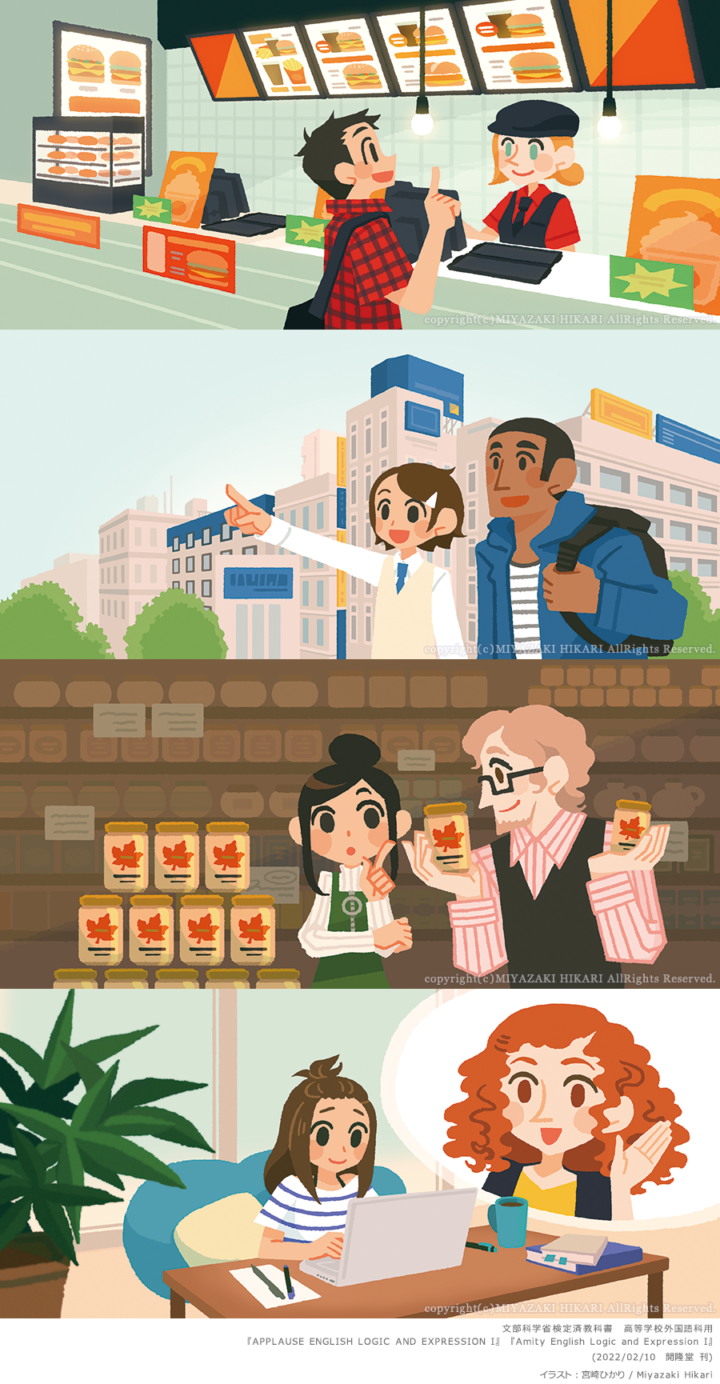


高校英語の教科書のカットイラストを担当いたしました。
刊:開隆堂
文部科学省検定済教科書 高等学校外国語科用
『Amity English Logic and Expression Ⅰ』(2022/02/10 発売)
メイキング記事 → https://note.com/1zeroberry/n/nd99591400e23
『Amity English Logic and Expression Ⅱ』(2023/02/10 発売)
メイキング記事 → https://note.com/1zeroberry/n/na1bfce2e41f6







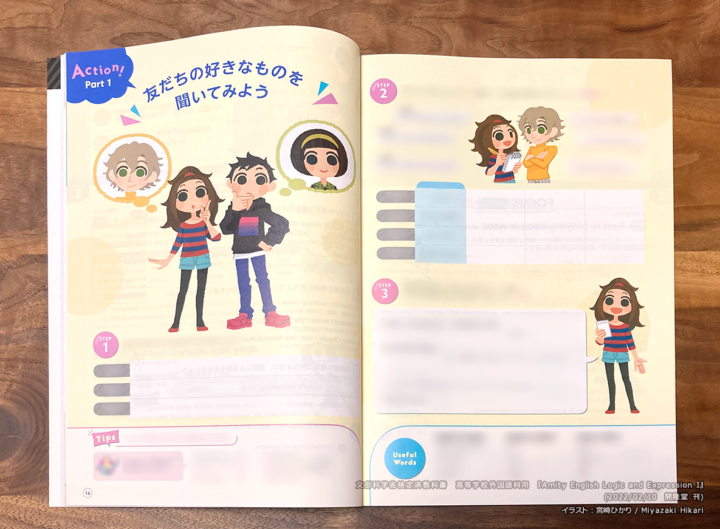
シャープペンシルで描き、Photoshopで彩色。
メイキング記事・差分 → https://note.com/1zeroberry/n/n08833bc4a540
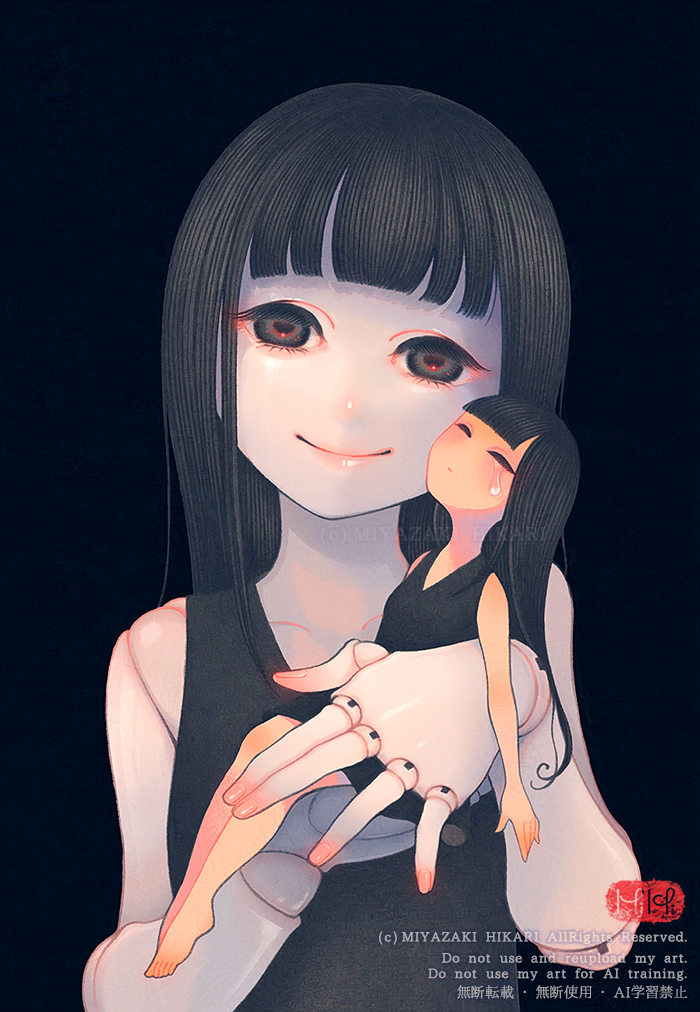
小幡績さんの集中連載コラムのイラストカットを制作しました。10年間、政治経済誌で連載イラストを描いてきたこともあり、政治家や時事問題をユーモアを交えて描くのが好きです。
江戸時代の浮世絵にも見られるように、日本人は昔から風刺画が好きな文化があります。フランスの風刺画とは異なり、日本の風刺には大衆的で人情味あふれるものが多いと感じます。
仲間内で楽しむのとは違い、社会に向けて発信する場合には、ものまね芸と同じように、モデルとなる著名人が不快に思わないよう、リスペクトの気持ちを大切にしたいと思っています。だから、過剰に攻撃的で政治的主張が前面に出たような風刺画にはあまり惹かれません。描いていても、クスッと笑えるような気持ちになれないからです。
This illustration was created for the serialized column by economist Seki Obata.
For over ten years, I’ve illustrated editorial columns in political and economic magazines, and I particularly enjoy drawing political figures and current events with a touch of humor.
As seen in the ukiyo-e prints of the Edo period, satire has long been appreciated in Japanese culture. Unlike French satire, which often leans toward sharp critique, Japanese satire tends to be more down-to-earth and full of human warmth.
When sharing works with the public, I approach satire the same way I view celebrity impersonations—it’s important to show respect and not make the subject feel uncomfortable. That’s why I’m not drawn to overly aggressive or politically charged satire. If it’s not something that makes me smile while drawing it, then it’s not the kind of satire I want to create.
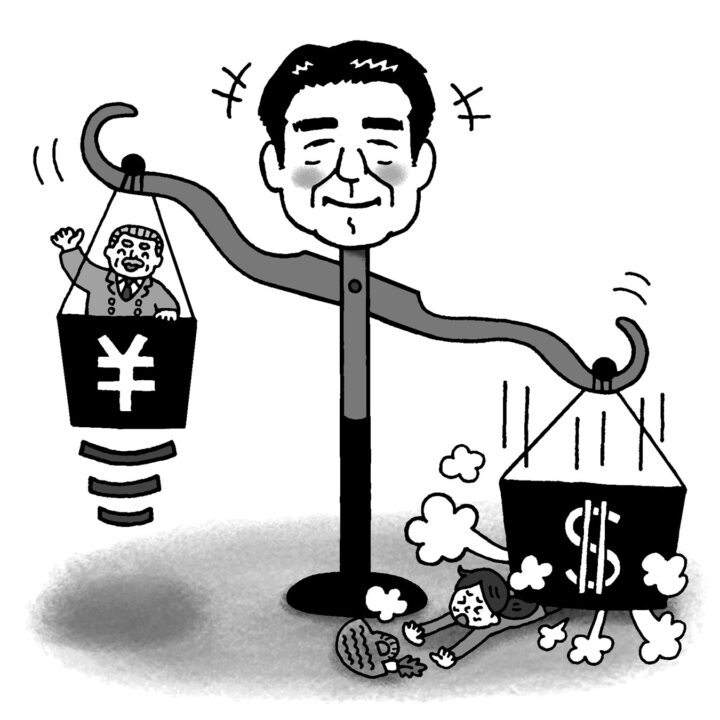
『週刊ポスト 小幡績 集中連載』小学館(2015)/Shukan Post Obata Seki Intensive Serials,” Shogakukan (2015)
テーマと内容の説明/Theme and Content Description
第1回「円安は本当に日本経済のためにいいことなのか?」
内容
円安が進むと、輸出企業は利益を得て経済が潤う一方で、輸入品の値段が上がり、生活必需品やエネルギー価格が上昇することで生活は苦しくなる。つまり、円安はすべての人にとって「良いこと」ではない。
While a weaker yen benefits export-driven companies, it also drives up the cost of imported goods, including daily necessities and energy, making life harder for many. A weak yen is not universally good for everyone in Japan.
イラストの説明
安倍首相が巨大な天秤に乗って中央に立ち、片側には円安で笑顔の輸出業の経営者たち、もう片側にはドル高による物価上昇で苦しむ庶民たち。バランスが不安定な様子で、経済政策の光と影を象徴。
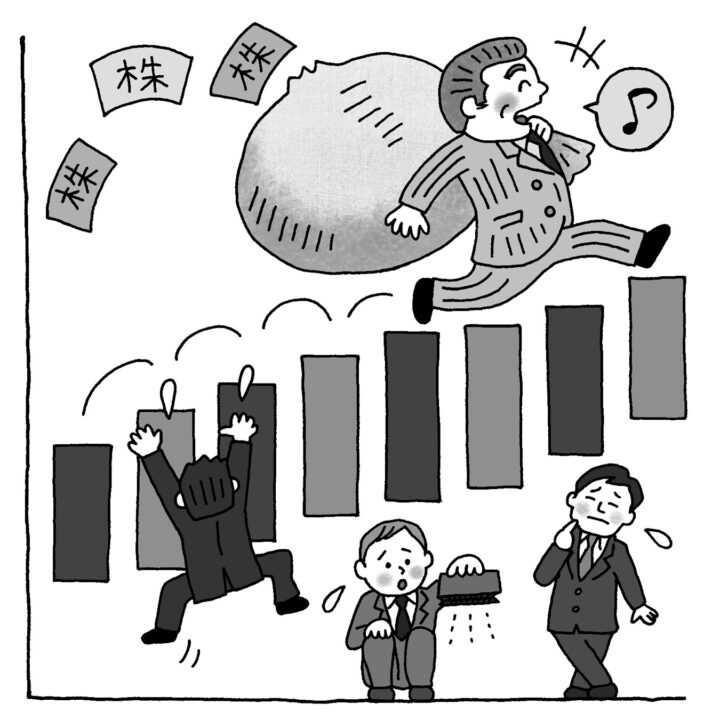
第2回「日経平均2万円って、景気がいい証拠ですか?」
内容
株価が上がると景気がいいように見えるが、株を持っているのは一部の人々だけ。多くの人にとっては恩恵が実感できない。特にサラリーマン層は株価上昇の恩恵をあまり受けられない。
Rising stock prices may suggest a strong economy, but in reality, only a limited group—mainly investors and executives—benefits. For most salaried workers, it doesn’t translate into tangible economic improvement.
イラストの説明
ローソク足チャートを背景に、上部では株の袋を抱える経営者が笑顔。下部には何も持たないサラリーマンがぼんやりと空を見上げている。上下の経済格差を視覚的に表現。

第3回「給料は少しずつ上がっているんですよね?」
内容
給料が上がっても、物価も同時に上がれば生活の実感は向上しない。購買力が下がれば、手取りの意味が薄れる。
Even if wages increase, if prices rise as well, people won’t feel any richer. The loss in purchasing power undermines the effect of nominal wage growth.
イラストの説明
料理店のシーン。シェフが「1000円」の値札を「1050円」に書き換える横で、二人の客のうち一人が値上げに気づいて不満顔。給料5%アップと同時に物価5%アップを表現。
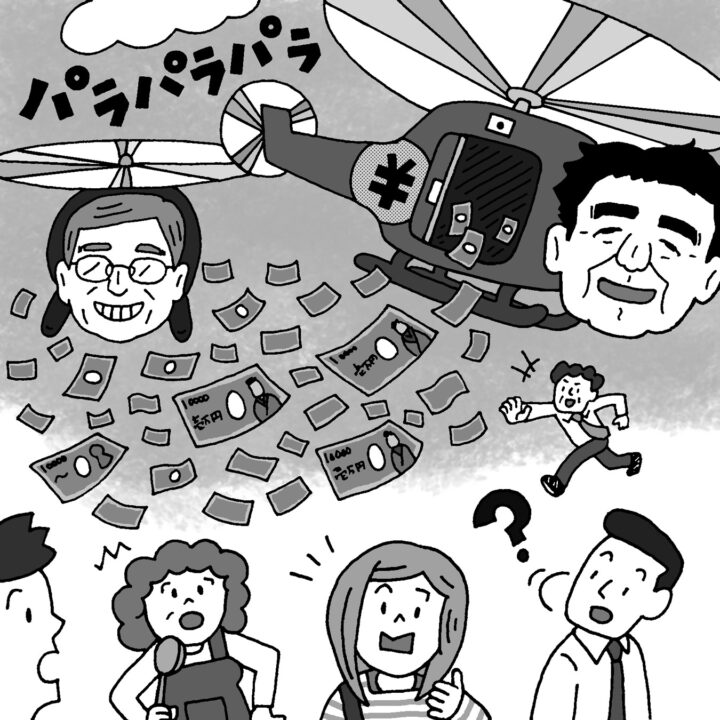
第4回「量的緩和」
内容
大量の紙幣を市場に供給する「量的緩和」で景気を良くしようという政策は、一時的には効果があるが、実態の改善にはつながらないことも多い。
Quantitative easing—flooding the market with money—may stimulate the economy in the short term, but it often fails to bring lasting improvement.
イラストの説明
空中のヘリコプターから、安倍首相と黒田日銀総裁が紙幣をばらまく。その下では市民たちが怪訝な表情で空を見上げている。まさに「ヘリコプターマネー」。

第5回「経済成長(GDP)」
内容
経済成長は一概に良いこととされているが、そればかりを追求すると歪みが生じる。無理な公共投資が逆効果になる場合も。
While GDP growth is often seen as a positive sign, aggressively pursuing it through massive public spending can distort the economy and cause harm.
イラストの説明
経済成長率の折れ線グラフの坂を登る安倍首相。オリンピックの五輪マークを背負って「成長だ!」と叫んでいるが、坂の先には急降下の崖が待ち構えている。
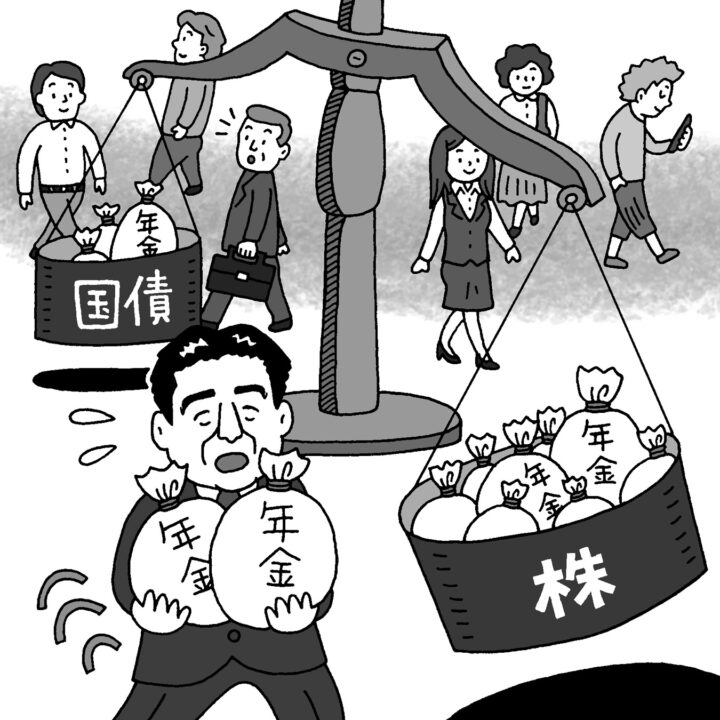
第6回「年金資金の運用(GPIF問題)」
内容
年金資金の運用先を国債から株式へとシフトすることで、リスクが高まる。将来の年金受給者にとって不安要素にもなりうる。
Shifting pension fund investments from bonds to stocks increases risk, raising concerns among future pensioners.
イラストの説明
天秤の片側に「国債」、もう片側に「株式」と書かれた荷物。安倍首相が年金マネーの袋を株式側に移す様子。周囲の通行人は無関心だが、一人だけが心配そうに振り返る。
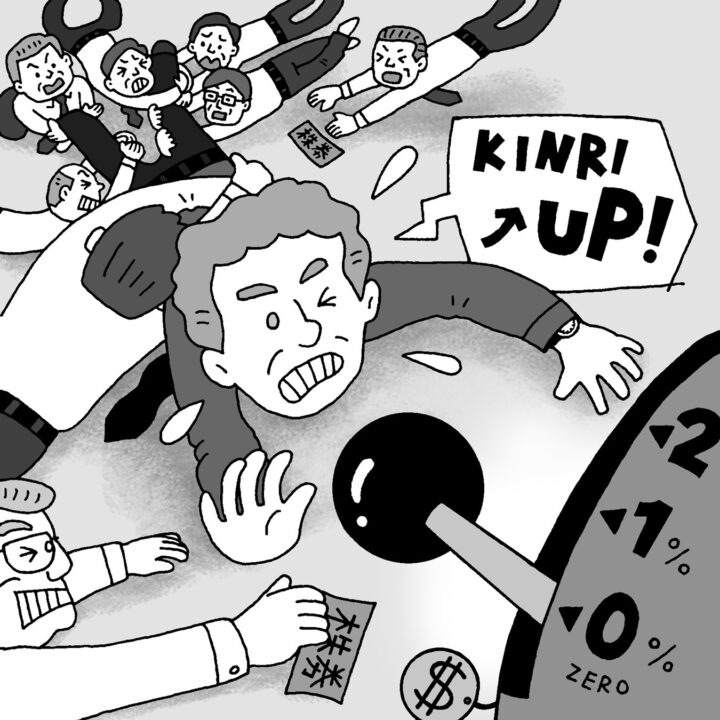
第7回「利上げ」
内容
アメリカが利上げに踏み切るかどうかに日本も大きく左右される。投資家は株や不動産の下落を恐れて抵抗する。
When the U.S. raises interest rates, it can shake global markets. Investors fear declines in stocks and real estate, leading to resistance.
イラストの説明
アメリカ人が「0%」の目盛りのレバーを上げようとするのを、投資家たちが必死に止めている。横では小幡先生が首を傾げ、「本当に困ることなのか?」と問いかける。

第8回「財政再建」
内容
公共事業による景気刺激策は、場合によっては非効率な「穴掘って埋める」作業になりがち。財政健全化とは言い難い。
Stimulating the economy through public works often becomes inefficient, resembling digging holes only to fill them again—a questionable path to fiscal reconstruction.
イラストの説明
一つの大きな穴を、片側の人が掘り、反対側の人が埋めている。二人とも頭に「?」マーク。安倍首相だけが「景気回復!」と鉢巻きを締めて元気に号令をかけている。
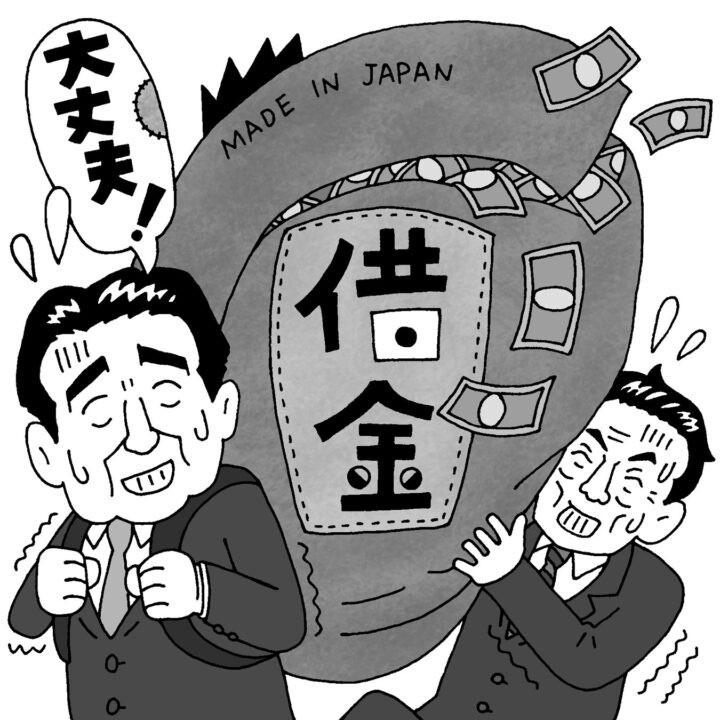
第9回「借金」
内容
日本の政府債務は膨れ続けており、財政の持続可能性が問われている。
Japan’s national debt keeps growing, raising serious concerns about long-term fiscal sustainability.
イラストの説明
安倍首相と麻生財務相が、巨大な借金のリュックサックを背負って歩いている。その一方でお金をばらまく様子も描かれ、ギャップを際立たせている。

第10回「軽減税率」
内容
軽減税率制度の複雑さで、現場の混乱が起きている。店内飲食と持ち帰りで税率が異なるのは、現実には煩雑。
The dual-rate tax system is confusing both for customers and staff. Different rates for dine-in and takeout cause unnecessary complications.
イラストの説明
ドーナツ店で、8%と10%の税率に戸惑う客と、困惑しながら対応する店員。2階のバックヤードでは店長が複雑な書類処理に追われている。
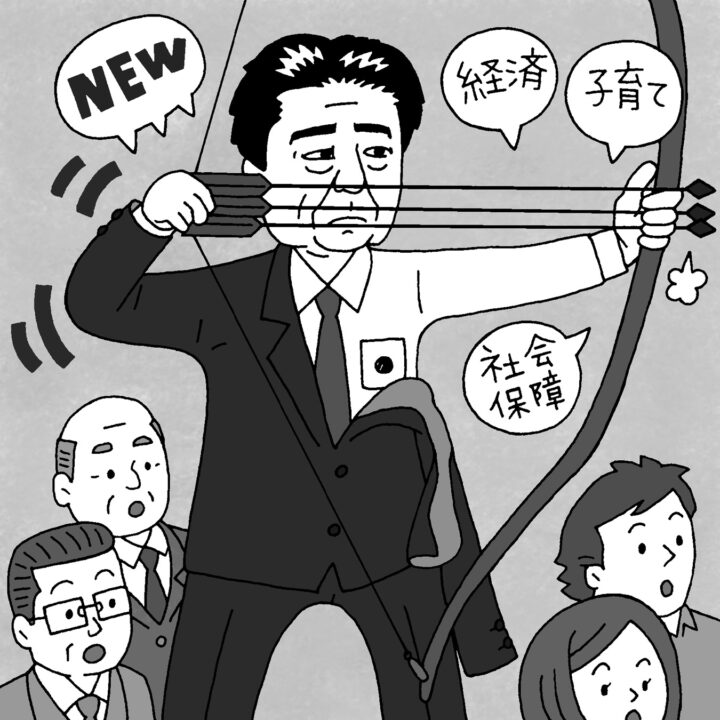
第11回「アベノミクスの『新3本の矢』って効果があるんですか?」
内容
アベノミクス第二幕として発表された「新3本の矢」は、実効性が不透明なまま進んでいた。
The second phase of Abenomics, symbolized by the “new three arrows,” lacked clear effectiveness and public confidence.
イラストの説明
安倍首相が三本の矢を同時に弓に構えて放とうとしている姿。周囲の市民たちが「どうなるんだろう」と不安そうに見守っている。
——
後記(2025年4月)
あれから10年が経ち、当時描いていた経済の風景も、変わったようでいて、実のところあまり変わっていないようにも感じます。消費税はついに10%となり、東京オリンピックはコロナ禍で一年延期された末、なんとか開催にこぎつけました。当時はまだトランプ大統領も誕生しておらず、安倍首相も今はこの世を去りました。
改めて当時のイラストを見返すと、なかには「これは何を描いていたんだっけ?」とすぐには思い出せないものもあります。それでも、多くのテーマが今なお語られ続けていることに、驚くと同時に、それだけ問題が変わっていないという現実に納得してしまいます。この国らしさを感じる一方で、物事があまりにも変わらないことに、もどかしさを覚えます。
国の借金は減るどころか、さらに積み上がり、物価高や国際情勢の混乱で先行きはますます不透明です。最近では「トランプ再選ショックが来るかも」という声も聞かれるようになり、経済の先行きに対する不安から、私たちの財布のひもも自然と固くなっています。
せめて、地元・関西で開催される「EXPO 2025 大阪・関西万博」が、誰もが笑顔で楽しめる明るい未来の象徴となることを願っています。
Postscript (April 2025)
Ten years have passed since then, and the economic landscape I depicted back then seems to have changed in some ways, but in many respects, it feels like not much has changed. The consumption tax has finally risen to 10%, and the Tokyo Olympics were delayed by a year due to the COVID-19 pandemic, but were ultimately held. At that time, Donald Trump had not yet become president, and Prime Minister Abe has since passed away.
Looking back at the illustrations from that time, some of them leave me thinking, “What was I trying to convey here?” However, the fact that many of the same issues are still being discussed today brings both surprise and a sense of acceptance. It makes me feel the unique nature of this country, but at the same time, I can’t help but feel frustrated by how little has changed.
The national debt has not been reduced; it has only continued to accumulate, and with rising prices and international turmoil, the future remains increasingly uncertain. Recently, there have been whispers about the potential “Trump re-election shock,” and due to growing concerns about the economy, we’ve naturally become more cautious with our spending.
At least I hope that the “EXPO 2025 Osaka-Kansai World Expo,” held in my hometown, will become a symbol of a bright future where everyone can smile and enjoy.
スイーツを見て目をキラキラさせるうさ耳くんと、
ツン顔だけど、彼の“幸せ顔”を守りたいねこ耳くん。
仲良しコンビの、あまくてやさしい日常です。
